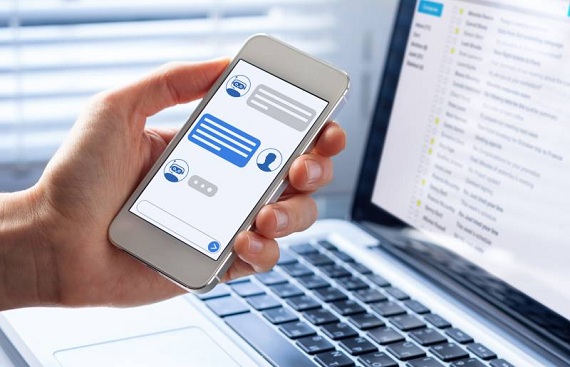Government developing a multilingual consumer chatbot similar to ChatGPT
By
siliconindia | Monday, 10 April 2023, 10:09 Hrs

The government is building a ChatGPT like chatbot helpline that can be used to manage grievances of disgruntled consumers, according to people aware of the developments. Moreover, the aim is to construct the tool in such a manner that consumers could converse with it through audio messages in multiple Indian languages.
To be sure, this chatbot being built is separate from another one launched last month for consumer complaints last which is not really conversational. This is because it doesn’t allow the user to just put in details like a usual conversation, but rather asks him to select from a list of options in a step-by-step manner, starting with state, city, industry, brand, issue, product value etc.
Sources say that while the language translation part of the new tool being built will be taken care of by the government’s Bhashini platform, the challenge is to find a large language model (LLM) that can efficiently understand issues related to consumer grievances. "The existing large language models (LLM) that different companies have created won't work for us. This will need an LLM that understands the specific nuances of consumer issues and laws," said a person.
"For example, one of the big issues in the consumer domain is surrogate advertising. It should not be the case that a consumer uses the word surrogate in his complaint, and the chatbot mistakes it for a reference to surrogacy in a different context,” he added.
LLMs trained on domain-specific data have more exposure to the language used in that particular domain, which allows them to better understand the context and nuances of that domain. It is understood that a language model trained on medical data would be better at understanding medical jargon and terminology and would be more accurate in answering medical related questions compared to a language model trained on general language data. Similarly, a language model trained on legal data would be better at understanding legal terms and concepts and would be more accurate in answering legal-related questions compared to a language model trained on general language data.
However, it is important to note that the performance of a language model is also influenced by other factors such as the size and quality of the training data, the architecture of the model, and the quality of the pre-processing and post-processing techniques used. Moreover, a major problem of conversational AI chatbots like OpenAI’s ChatGPT and or Google’s Bard has been what is termed as ‘hallucinations’ these chatbots tend to cook up untruths when challenged with questions on facts or context they don’t have information about.
Interestingly, the government has been using ChatGPT to build two of its other important projects democratisation of school education in vernacular languages and spreading awareness about government schemes. For the first, it is building an educational tool using ChatGPT, an artificial intelligence chatbot backed by Microsoft, that could soon be used by school students to get answers to questions related to their curriculum in any Indian language.
It is also building another tool that will effectively turn WhatsApp into a search engine for government schemes. When a person posts a voice note on the WhatsApp chat regarding any scheme, the tool returns a response with all details of the scheme, such as when it was started, the objectives of the scheme, eligibility for applying, documents required, etc.

